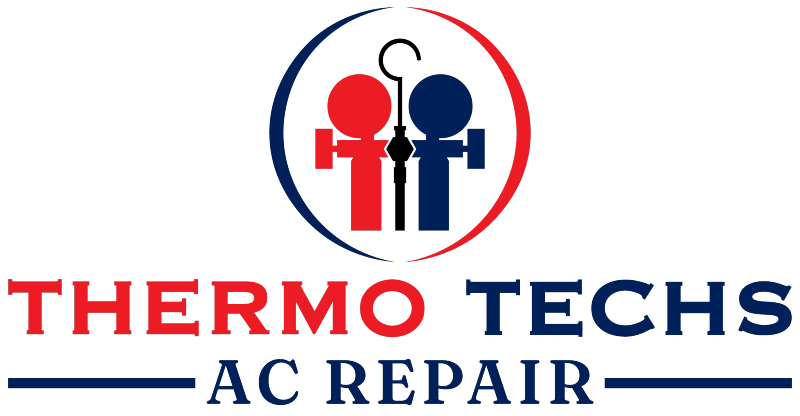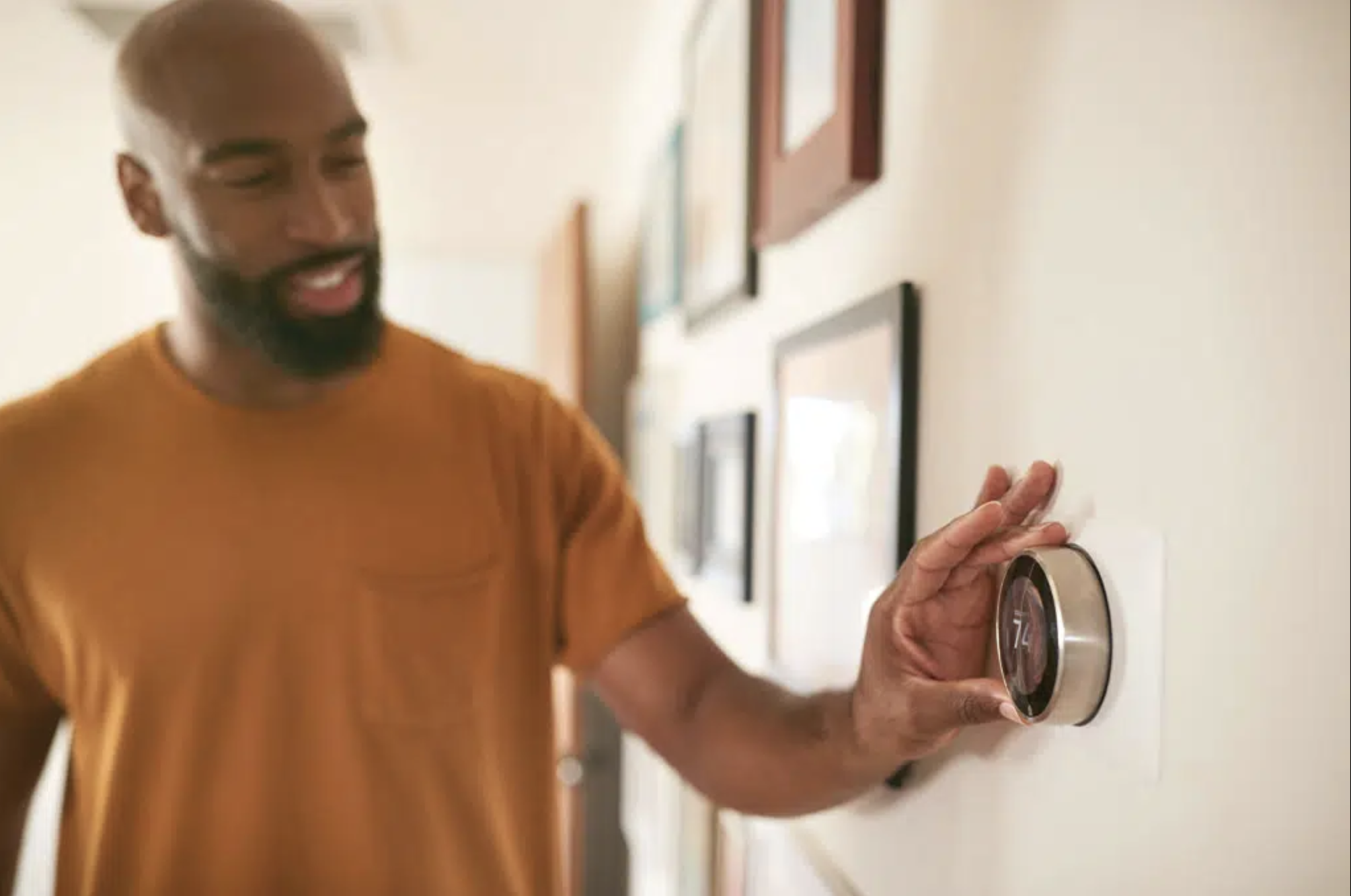Let’s face it – San Antonio gets pretty darn hot for about half of the year. During the summer setting your thermostat might be a battle between comfort and energy savings. When relaxing at home, it isn’t ideal to be wilting nor is it efficient to be wrapped in your winter sweater. Let’s explore how to set your home to the ideal temperature for being home, away, and sleeping while preventing your electricity bill from going through the roof.
What is a Good Temperature to Set Your Thermostat in the Summer?
Every season has an ideal thermostat temperature and for summer the U.S. Department of Energy suggests that when home, 78 degrees is the sweet spot between staying cool and keeping your energy bill low. Give your air conditioner and energy bill a break by setting your thermostat to 88 degrees when away. If you have pets, keep indoor temperatures below 85 degrees.
What Your Air Conditioner Can – and Cannot – Do
It may seem like setting your thermostat to 58 degrees when you are looking to escape the sweltering heat and humidity of summer is a quick fix to cool space. But understanding what your air conditioning can – and cannot do – is important to both staying comfortable and keeping your utility bills in check.
It is commonly thought that setting your air conditioner at the lowest temperature will cool your home faster, but an air conditioner can only cool the air 15 to 20 degrees cooler than the outside temperature. What you will get is a nice large utility bill.
What is the Best Setting for Your Thermostat while At Home?
Setting your home thermostat to 78 degrees Fahrenheit hits the Goldilocks “just right” between too cold and high bills. While 78 degrees may be the recommended thermostat setting for saving money, it may still be a little warm for some members of your house. Factors like the location of the home, direct sunlight, windows, and insulation all play a part in how your home can feel. Staying cool with a higher set temperature can be enhanced with ceiling fans, loose-fitting clothing, and avoiding heavy cooking during the day.
At night, when everyone is sleeping, you might experiment with a higher temperature setting. The Department of Energy recommends 80 to 82 degrees. Our body temperature drops while we sleep so some of us can tolerate higher room temperatures with lightweight pajamas and no blankets. There isn’t a one-size-fits-all so experiment with at-home settings until you find a comfortable temperature you and your family can tolerate that still keeps your bills low.
What is the Best Setting for Your Thermostat while Not At Home?
Having a smart or programmable thermostat is a great idea if you are regularly gone from home or leave on vacation. If you work Monday to Friday from 8 to 5 consider programming your thermostat to be set at 88 degrees and then lowering your home temperature just before you come home.
If you have pets at home remember that birds, cats, dogs, and small mammals may need indoor air temperatures lower than 85 degrees so adjust your thermostat settings accordingly. Ceiling fans can help you and your pets feel cooler and redistribute cool air throughout the home.
What is the Best Placement for a Thermostat?
Where your thermostat is placed is going to be a big factor in how your home feels. A thermostat placed in the sun, in warm kitchens, or above air vents will give a false reading and make it harder to keep your home at your desired temperature. Maximize home comfort and savings by having an expert rewire your thermostat into a better position and consider a smart thermostat for more control over your energy use and costs.
How Smart Thermostats Work
With additional functions, smart thermostats are more sophisticated than a simple regulator of indoor temperatures. Many smart thermostats come with a variety of features including:
- Programmability that reduces energy costs without you needed to remember
- 24/7 remote control that allows you to operate your home’s temperatures from your phone, tablet or computer
- Occupancy sensors detect when you are home and away to adjust accordingly.
- Compatibility with other smart home devices such as Amazon Alexa to connect fans, lights and other devices so everything is in sync.
- Energy consumption monitors let you know what your energy consumption is and help you optimize choices for energy efficiency.
Savings by Degree
According to the Department of Energy, just moving your thermostat up 7 to 10 degrees from its normal setting can bring you up to 10% savings on your energy bills. Try experimenting with different temperatures by turning up your thermostat a degree each day to find a higher temperature you can live with.
The smaller the difference between inside and outside temperatures means you will spend less on summer cooling costs. Also, keep cooking heat outside with grilled meals. By avoiding things that cause heat buildup during the day – dishwashers, clothes dryers, ovens, and stovetop cooking – you keep your AC unit from working overtime to maintain comfortable temperatures.
How Thermo Techs AC Repair Can Help
Our consultants at Thermo Techs AC Repair can help you evaluate your home and help find the best air conditioning system for your lifestyle. Need a smart thermostat? We can install one to help optimize your system. If you need air conditioning maintenance we are ready to help you save money and keep surprise breakdowns away. You can schedule your next tune-up and keep the stress and hassle out of maintaining your system. No matter what you need we’re always just a phone call away.




